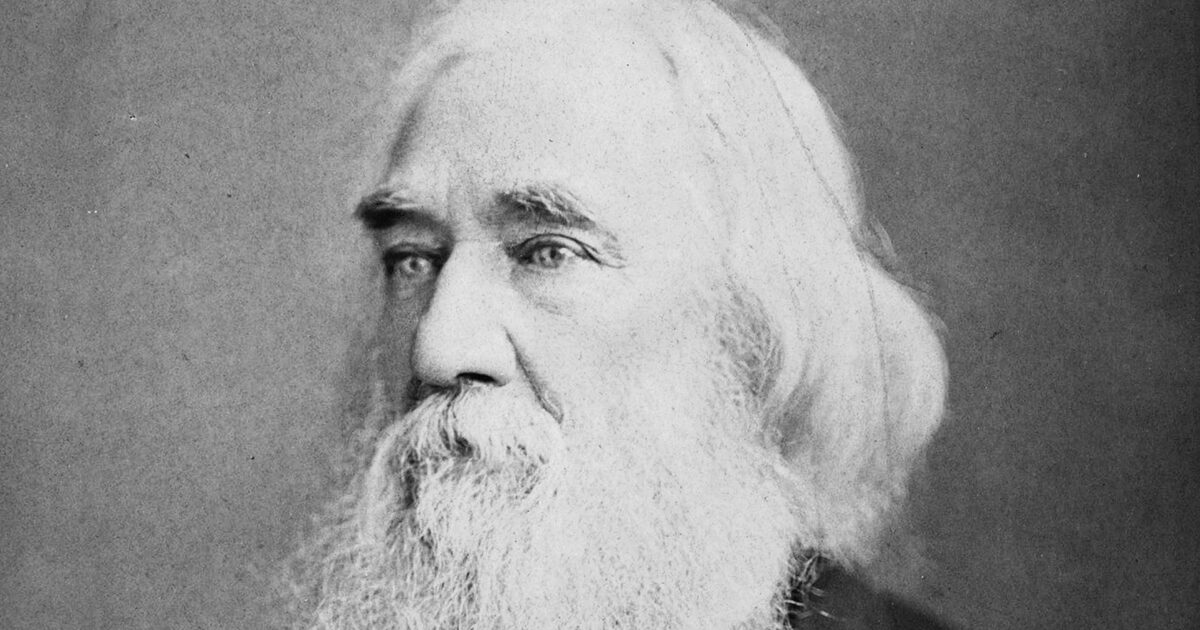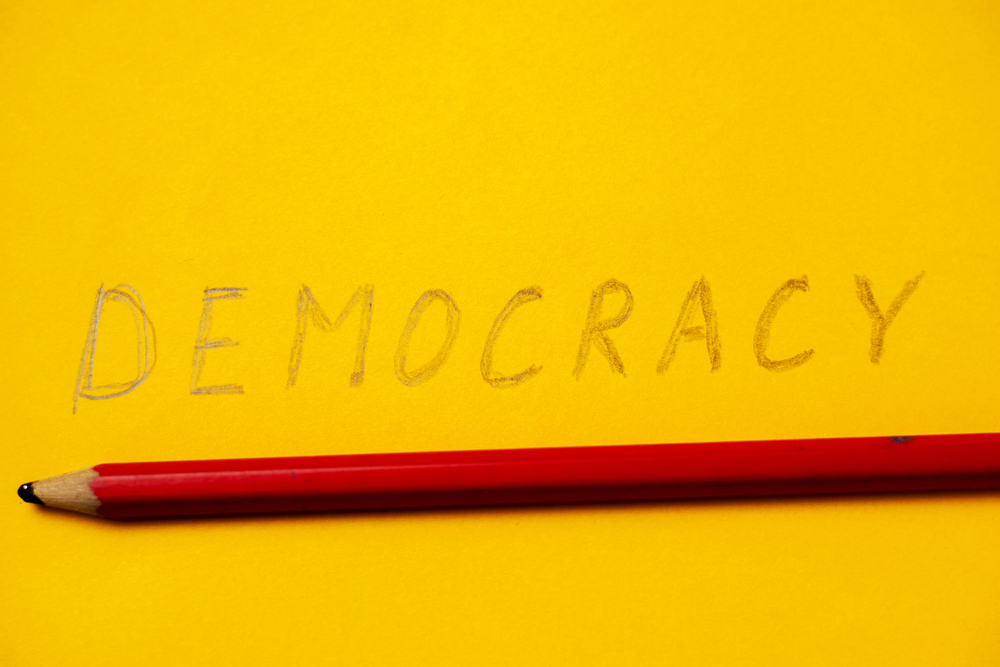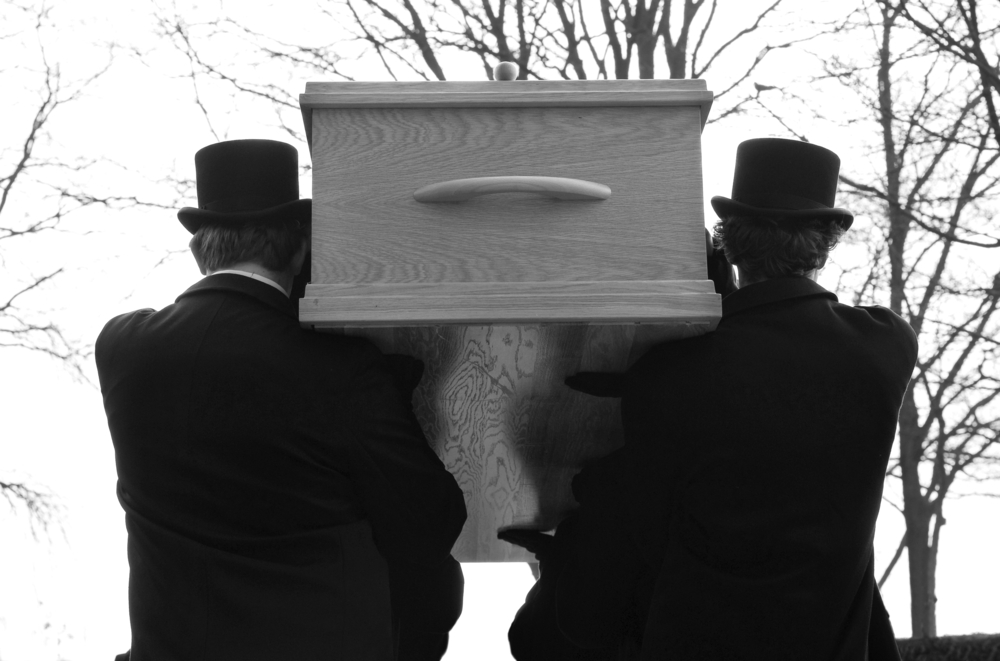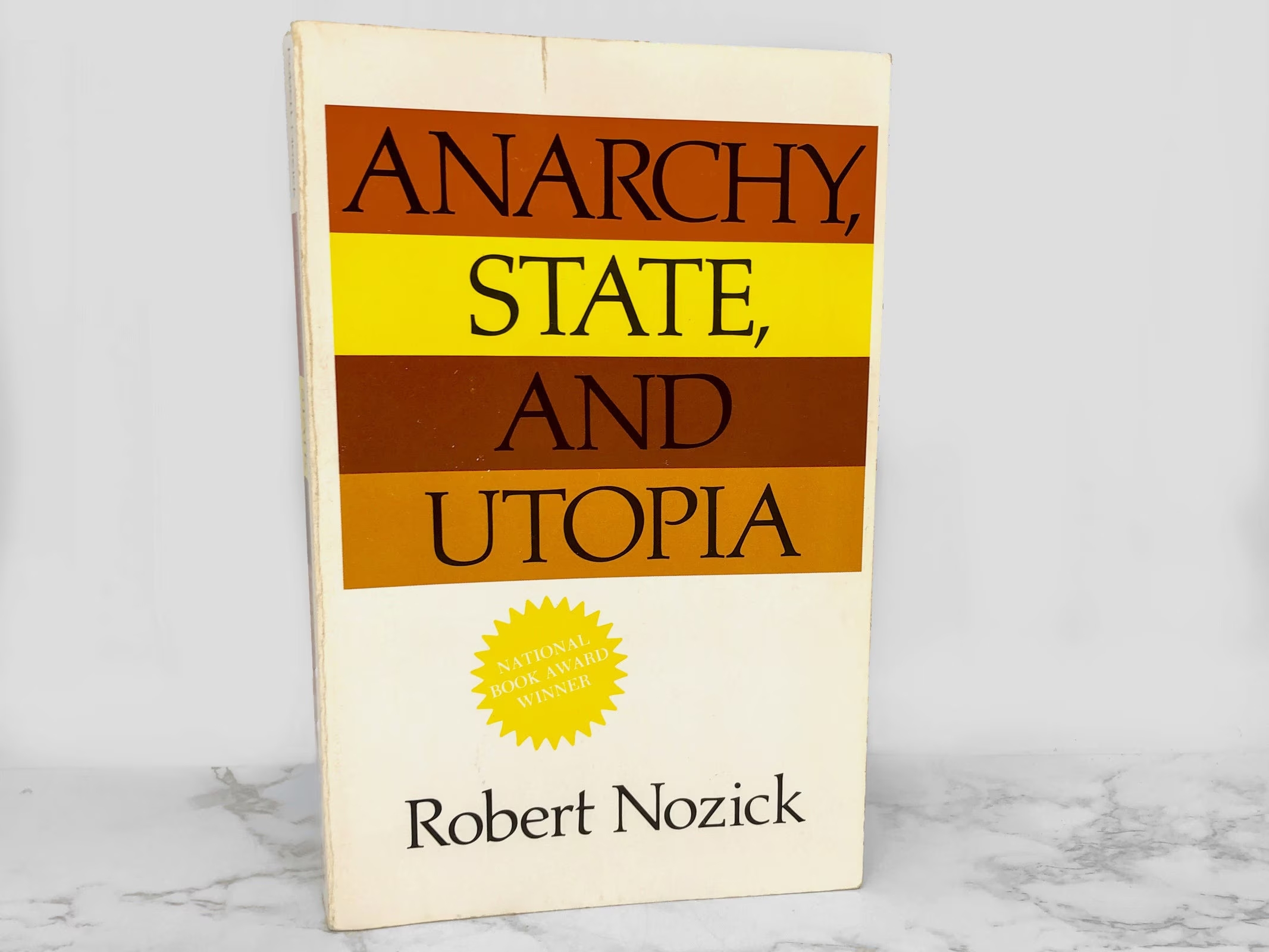The federal government is now feeding more than 100 million Americans. The vast increase in dependency fundamentally changes the relationship of Washington to the citizenry. The more Americans rely on handouts, the more difficult it becomes to roll back politicians’ power over those who do not.
There was no good reason for the vast expansion of dependency. The history of the federal food-aid boom is a story of political conniving, bureaucratic bungles, and media collusion. Forty years ago, when the “hunger revolution” in American politics began, average people would have scoffed at the notion that the government must intervene to supply so many meals. But in the subsequent decades, politicians captured new prerogatives to take over far more lives.
In 1937, Franklin Roosevelt declared that one-third of the nation was “ill-nourished.” He had no specific data to support that assertion, but it was a key to a punchline in his second inaugural address that also tagged one-third of the nation “ill-clad” and “ill-housed.” Most commentators at the time ignored the fact that Roosevelt’s agricultural policies — by paying farmers to slaughter pigs and to leave land idle — had sharply inflated food prices.
A 1955 USDA dietary survey found that only 25 percent of America’s roughly 43 million poor people had bad diets — i.e., diets with too few calories and containing less than two-thirds of the recommended daily allowance for essential nutrients. Seventy-five percent of the poor provided themselves with adequate diets even though only a third of them were on public assistance. There was not a vast gap in dietary quality between the poor and nonpoor. The federal government ran a commodity-distribution program that allowed needy people to receive boxes of relatively nutritious food. Because government cheese and flour could not function as a second currency (unlike food stamps), the demand was limited.
Hunger was a nonissue for most of the 1960s. From 1963 to 1966 the New York Times did not run a single article on hunger in America. Lyndon Johnson sought to raise his sagging political fortunes in 1966 by declaring a war on hunger, but he was concerned solely with foreign hunger. In 1967, Office of Economic Opportunity Director Sargent Shriver, one of the most outspoken liberals in the Johnson administration, declared, at a time when the federal government was spending roughly $700 million on food assistance, that spending another billion dollars would be sufficient to end the domestic hunger problem.
Hunger in America
The modern-era hunger hype began in 1967 when Sen. Robert Kennedy visited the Mississippi Delta just after federal policies threw tens of thousands of cotton pickers out of work. Kennedy and other politicians claimed that the Delta’s misery was symptomatic of a national hunger epidemic. They conveniently ignored the federal role in sparking the suffering they bemoaned. The left-leaning Citizens’ Crusade against Poverty jumped on the bandwagon, sponsoring the Citizens’ Board of Inquiry into Hunger and Malnutrition in the United States. The board held hearings in a few Southern states and issued a scathing report in April 1968 entitled Hunger, U.S.A. The report was largely anecdotal, including a picture of a scrawny dog with the caption, “Where you see a starving dog such as this one, you’ll find hungry people.” The report concluded with a shot-in-the-dark estimate that there were “10 million or more” Americans who could not afford adequate diets.
Dr. Raymond Wheeler of the Citizens’ Board announced, “Slow starvation has become part of the Southern way of life.” The board report propelled the issue even though its proclamation of 256 “hunger counties” in the United States relied on profoundly flawed statistical juggling. It used 1950s infant-mortality figures even though statistics for 1965 were available. It contrasted the number of poor in 1960 with the number getting food assistance in 1967 even though the number of poor had declined by 12 million in the interim. Board physicians later admitted that their estimates were hypothetical and defended numerous mistakes by saying that the report was a rush job and that the important thing was for Congress to act immediately. Much of the suffering the board attributed to malnutrition due to hunger was actually due to biological parasites.











